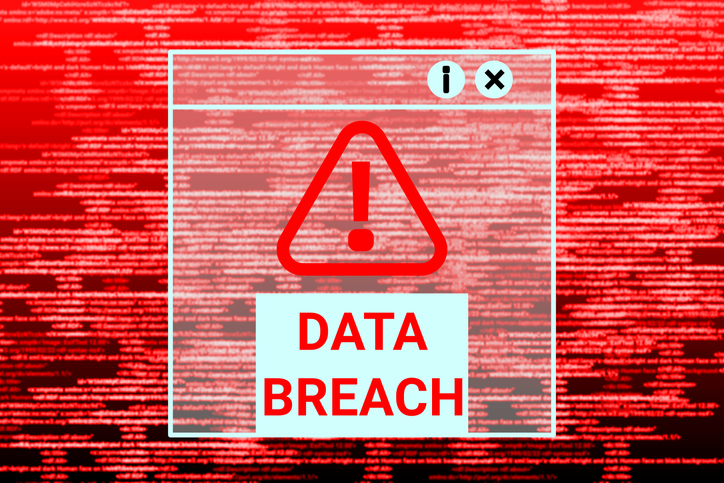IRS WISP Audit: How To Avoid Common Pitfalls
The only way to avoid panic when you hear the words “IRS WISP audit”, is knowing that you’ve done all you could to prepare your company’s IRS WISP, and that you can prove your compliance with documentation and practices to back it up. In creating a cybersecurity plan for your business, you’re hoping to avoid security breaches. But if the worst possible situation did arise, you’d hope your plan would help to mitigate your risk. However, there are a few common pitfalls to watch out for, if your WISP were to be audited by the IRS. And these mistakes could cost you your compliance, along with fees and penalties.
A WISP, or Written Information Security Program, is a security plan created to put safeguards in place around your clients’ sensitive information. A WISP is required by every business that handles PII, or Personal Identifiable Information, in order to be compliant with the IRS.
An IRS WISP audit would dig into your company’s security plan and any coordinating documentation while researching how the company is actively following the security plan you’ve put into place. If your WISP doesn’t meet the requirements, this could result in fines and penalties from the IRS or worse, you would no longer be allowed to do business as a tax and accounting professional.
Fortunately, many of these mistakes can be avoided with simple planning and the right tools. Here are the top 5 pitfalls that businesses make in an IRS WISP audit:
1. Ignoring Regular Cybersecurity Assessments
Don’t forget to assess your risk through regular monitoring and testing. It’s crucial to maintain the integrity of your WISP with regular assessments. A WISP is not a set-it-and-forget-it document. You must stay on top of monitoring your cybersecurity plan in order to be aware of any changes that need to be made, before it’s too late. WISP Builder helps you keep up with monitoring your WISP by incorporating regular assessments into your security plan.
2. Insufficient Documentation
Don’t make the mistake of stating that you have cybersecurity plans and employee training in place, without specific documentation proving these policies and procedures. Everything stated in your WISP from employee training to data encryption policies should be documented clearly and in detail. WISP Builder helps make sure nothing is left out by suggesting all important documentation needed to support your policies.
3. Inadequate Employee Training
A cybersecurity plan is only as good as the employees who are trained to follow it. If your employees are not properly trained on best practices, this creates a large weak spot in your cybersecurity and it makes you non-compliant. Regular ongoing training helps your employees keep data security top of mind, and WISP Builder’s employee training resources make it easy to put this protocol in place.
4. Not Enough Access Control
Don’t make the mistake of letting too many people on your team have access to your client’s sensitive information. Not only should you limit the amount of people with access to PII, but your plan should require multi-factor authentication, best practices for creating passwords, and scheduled reviews regarding who has access to what. WISP Builder helps you create in detail every level of access, and it helps you document it all to prove compliance in the case of an IRS WISP audit.
5. Not Preparing a Data Breach Response Plan
A data breach response plan is required as part of your IRS WISP, and for good reason. Having a solid plan that has been tested and shared with the staff could help your business survive a data breach and help you prove compliance in the aftermath, saving your reputation. Many businesses fail to create a response plan in the case of a data breach. You can avoid this mistake by using WISP Builder to create, and regularly update, your response plan. WISP Builder’s training resources also help you train your employees on the response plan, so that they know who should do what if the worst should happen.
These five pitfalls can easily be fixed by taking extra consideration when creating and maintaining your WISP and keeping your employees up to date on best practices. WISP Builder helps you to avoid these mistakes by providing thorough guidance in making your security plan and giving you the tools you need to help keep you compliant.








